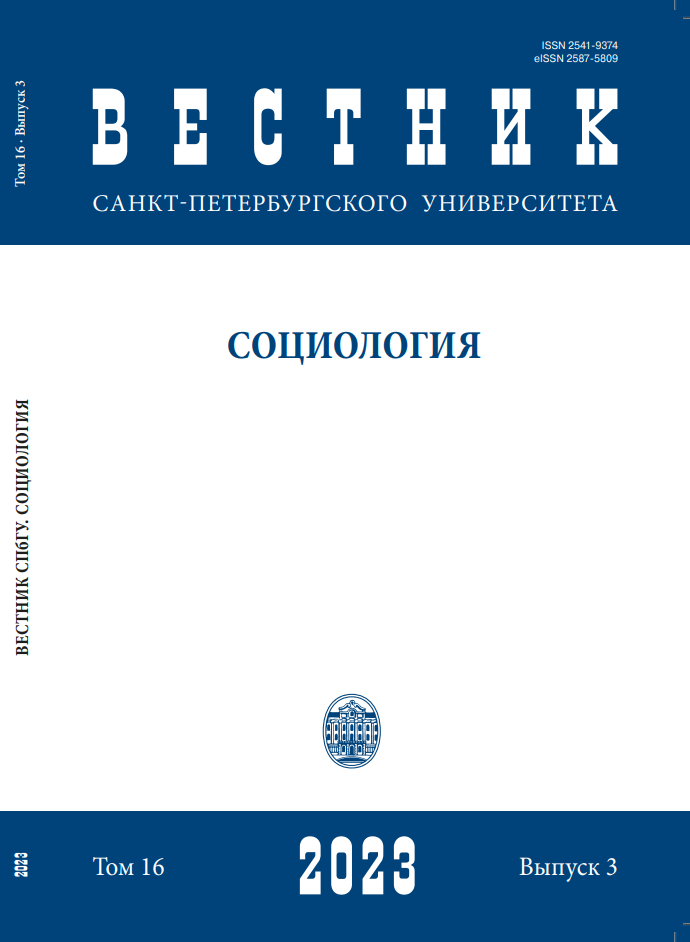Local actors and their agenda in the public sphere of social media
DOI:
https://doi.org/10.21638/spbu12.2023.304Abstract
The transformation of the public sphere, caused by the influence of social media on public communication, encourages researchers to adapt existing tools for measuring public opinion and develop new ones. One of these tools is the procedure for creating a sample of actors who form public opinion in social media. Moreover, this procedure determines the methodological component of the study and also reflects the theoretical approach to measuring public opinion, which is derived from our view of the public sphere. In our study, we proposed and tested our version of classification of actors in the public sphere of St. Petersburg, using data from the social networking site VKontakte. Owing to the broad common agenda generated by the coronavirus epidemic, we could analyze the great variety of actors shaping the public opinion of citizens in the spring and summer of 2020. The final classification contains online communities and personal pages on the city and district level owned by the media, government bureaucratic organizations, politicians and parties, interest groups, business organizations and entrepreneurs. We also described the main elements of their agenda and ranked St. Petersburg public opinion makers by the share of interest from VKontakte users. The wide variety of agenda types obtained as a result of the analysis: news, reports, complaints, propaganda, agitation, advertising, entertainment, leads us to reconsider the indicators for selecting texts from social media. The research has expanded the understanding of public actors engaged in shaping public opinion in social media and their agenda
Keywords:
public sphere, social media, public opinion, public actors, Russian media environment
Downloads
References
* Meta признана экстремистской организацией в Российской Федерации.
* Meta is recognized as an extremist organization in Russian Federation
Downloads
Published
How to Cite
Issue
Section
License
Articles of "Vestnik of Saint Petersburg University. Sociology" are open access distributed under the terms of the License Agreement with Saint Petersburg State University, which permits to the authors unrestricted distribution and self-archiving free of charge.




